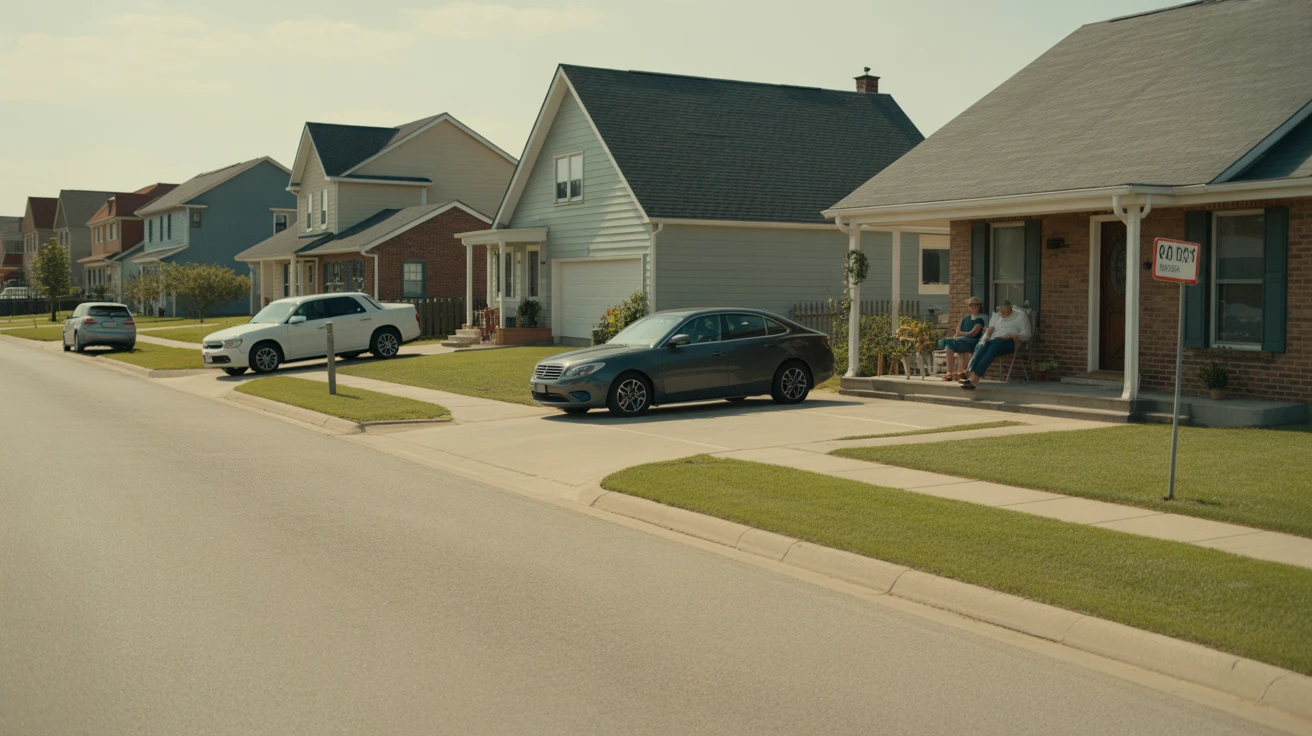Is it cheaper to rent or buy right now in Gallatin, TN? The answer depends on your budget, lifestyle, and long-term plans. In this article, we’ll break down the cost of living in an apartment vs house in Gallatin to help you make an informed decision.

The Housing Market in Gallatin Today
Gallatin’s housing market has seen steady growth in recent years, with a mix of new developments and established neighborhoods. The city’s proximity to Nashville and its small-town charm have made it an attractive option for both renters and buyers.
Inventory has tightened somewhat, especially for affordable starter homes, but there are still options across a range of price points. New apartment complexes are popping up to meet the demand from young professionals and families drawn to the area.
In Gallatin, you’ll find a variety of housing styles, from historic homes near the town square to newer subdivisions with amenities like community pools and walking trails. Many apartments offer green spaces and modern finishes to appeal to today’s renters.
Renting in Gallatin: What’s Typical?
As of 2023, the average rent for a 1-bedroom apartment in Gallatin is around $1,200 per month. For a 2-bedroom, expect to pay closer to $1,500. These prices include units in newer complexes as well as older buildings.
Popular renter areas include the neighborhoods around Volunteer State Community College and the Kennesaw Farms area. These locations offer a mix of affordability and convenience, with easy access to shopping, dining, and major roadways.
Rent in Gallatin has risen by about 5% in the last year, but areas like the historic district still offer relatively affordable options for young professionals. Many apartments include amenities like a fitness center or swimming pool in the monthly rent.
Owning a Home in Gallatin
The median home price in Gallatin is currently around $400,000. For a typical buyer putting 10% down, that translates to a monthly mortgage payment of about $2,200, assuming a 30-year fixed rate of 6.5%.
In addition to the mortgage, homeowners in Gallatin can expect to pay property taxes of around $2,500 per year. Homeowners insurance adds another $1,500 or so annually. Many neighborhoods also have monthly HOA dues, which average $250 but can be higher in communities with extensive amenities.
For a median-priced home, buyers in Gallatin should budget for a monthly payment of around $2,450, plus average utility costs. This assumes a 10% down payment and includes estimated taxes, insurance, and HOA fees.
Renters vs. Homeowners: Who Lives Where?
Gallatin’s homeownership rate is about 65%, slightly higher than the national average. The city has a mix of long-time residents who own their homes and newer arrivals who are more likely to rent.
Young professionals and new families are a common sight in Gallatin’s apartment complexes, while more established families and retirees tend to favor homeownership. The city’s growing job market and relative affordability have made it possible for many renters to transition to owning in recent years.
While renting is common among younger individuals, a large portion of older residents own homes. This is typical for the area, as many people buy a home as they settle down and build savings. However, rising home prices have made ownership more challenging for first-time buyers.
| Expense | Renting (1BR) | Owning (Median Home) |
|---|---|---|
| Rent/Mortgage | $1,200 | $2,200 |
| Property Tax | $0 | $210 |
| Insurance | $15 | $125 |
| Utilities | $150 | $320 |
| HOA | $0 | $250 |
| Total | $1,365 | $3,105 |
What’s Driving Costs Up or Down?
Several factors influence housing costs in Gallatin. The local job market is a major driver, with growing industries like healthcare and manufacturing attracting new residents and pushing up demand for housing.
Gallatin’s proximity to Nashville also plays a role, as some people choose to live in Gallatin and commute to the city for work. This has put pressure on the housing market, especially for affordable homes and rentals.
Zoning and land use policies also shape the housing landscape. Gallatin has seen new developments in recent years, including apartment complexes and single-family subdivisions. Construction trends favor larger homes with modern amenities, which can drive up costs for buyers and renters alike.
FAQs About Housing in Gallatin
Is Gallatin affordable to live in?
Compared to Nashville and other major cities, Gallatin offers a relatively affordable cost of living. However, housing costs have risen in recent years, making it more challenging for some residents to find budget-friendly options.
Why are housing prices changing?
Housing prices in Gallatin are influenced by factors like population growth, job market trends, and the availability of land for new development. As more people move to the area and competition for homes increases, prices tend to rise.
How does Gallatin compare to nearby cities?
Gallatin is more affordable than Nashville but pricier than some smaller towns in the surrounding area. It offers a balance of amenities, job opportunities, and housing options that appeal to many residents.
Making Smart Housing Decisions in Gallatin
Whether you’re looking to rent or buy, it’s important to consider your budget and long-term goals. Renting offers flexibility and predictable monthly costs, while buying can build equity over time. Check out our guides on Sample Monthly Budgets for Gallatin in 2025 and Cost of Living in Gallatin: Your Monthly Budget Guide for 2025 to help plan your expenses.
As you weigh your options, factor in the full cost of living in an apartment vs house in Gallatin. This includes not just rent or mortgage payments, but also utilities, insurance, maintenance, and other expenses. By understanding the true costs of each option, you can make a smart housing choice that fits your lifestyle and financial goals.
